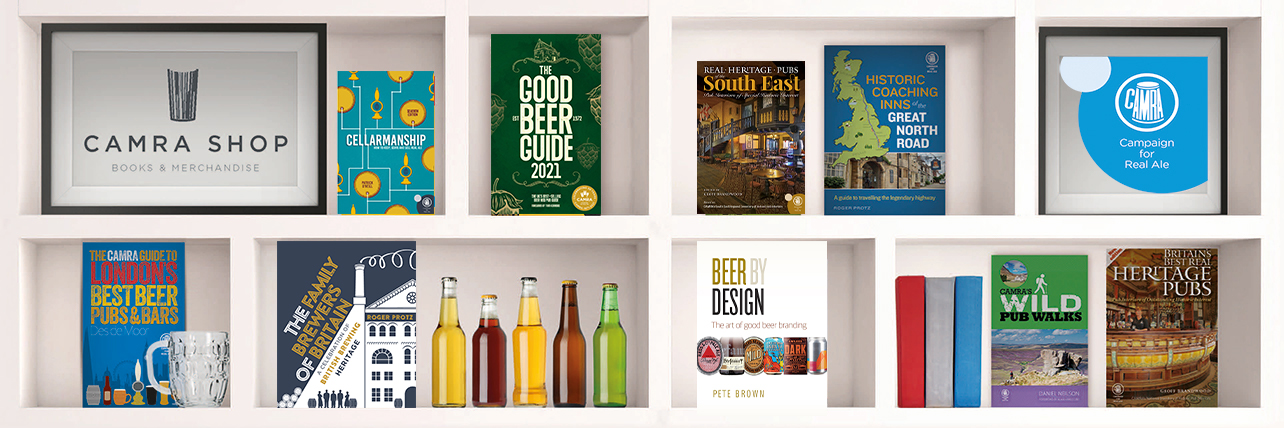Learn & Discover
Learn & Discover
Beer dispense containers
Understanding the formats beer comes in
The story of a beer may well start as an idea in the brewer’s mind, or with the ingredients that enable their recipes to shine. The container plays just as important a role in the development, transportation, and enjoyment of beer by the drinker. Different containers allow specific types of beer to be enjoyed at their best. Understanding containers, like getting to know hops and malts, allows us to make more informed choices when selecting that next glass at the bar.
John O’Donnell
A CAMRA member since 1997, John is a volunteer with a keen interest in the technicalities of beer dispense, a GBBF bar manager, editor of Manchester’s Beer Buzz magazine and sits on CAMRA’s Technical Advisory Group.
Beer dispense containers
Sub title goes here – delete if N/A
Lorem ipsum dolor sit amet, consectetur adipiscing elit. Nullam lobortis vel sapien nec faucibus. Morbi consectetur pulvinar lectus, vitae sodales tellus. Sed sagittis aliquam convallis. Duis mollis libero eu massa luctus, id euismod urna fringilla. Aenean condimentum accumsan leo nec eleifend. Maecenas ullamcorper est non justo pulvinar accumsan.
Emma Inch
A CAMRA member since 1997, John is volunteer with a keen interest in the technicalities of beer dispense, a GBBF bar manager, editor of Manchester’s Beer Buzz magazine and sits on CAMRA’s Technical Advisory Group.

Brewery to glass
On the way from the brewery to your glass, beer is delivered from a variety of containers, including bottles, cans, kegs, casks and various ‘membrane kegs’ (of which KeyKeg is the most common). You all know about bottles and cans, you probably know about casks but what about the different types of keg?
Before we go on, we had better briefly mention the difference between container conditioning and brewery conditioning – this subject will be covered in future Learn and Discover pages.
Conditioning refers jointly to the processes of maturing beer to develop its final rounded flavours and to the method by which beer is carbonated – two processes which go hand in hand to produce a finished beer. Most beer is force carbonated – literally forcing carbon dioxide (CO2) pressure into a sealed tank until it dissolves in the beer – this can only be done in the brewery.

Brewery to glass
On the way from the brewery to your glass, beer is delivered from a variety of containers, including bottles, cans, kegs, casks and various ‘membrane kegs’ (of which KeyKeg is the most common). You all know about bottles and cans, you probably know about casks but what about the different types of keg?
Before we go on, we had better briefly mention the difference between container conditioning and brewery conditioning – this subject will be covered in future Learn and Discover pages.

Conditioning refers jointly to the processes of maturing beer to develop its final rounded flavours and to the method by which beer is carbonated – two processes which go hand in hand to produce a finished beer. Most beer is force carbonated – literally forcing carbon dioxide (CO2) pressure into a sealed tank until it dissolves in the beer – this can only be done in the brewery.
“…conditioning can also take place in tanks in the brewery before beer is packaged or can take place in its final container.”
— Jack Summers-Glass, John O’Donnell,



